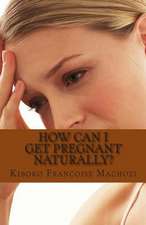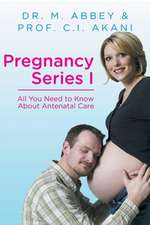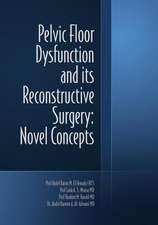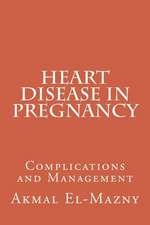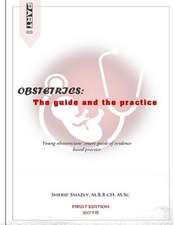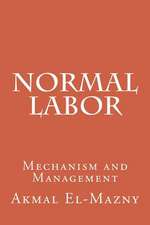The Infertility Trap: Why Life Choices Impact your Fertility and Why We Must Act Now
Autor R. John Aitkenen Limba Engleză Paperback – 4 mai 2022
Preț: 86.37 lei
Preț vechi: 90.92 lei
-5% Nou
16.53€ • 17.05$ • 13.99£
Carte disponibilă
Livrare economică 12-26 februarie
Livrare express 28 ianuarie-01 februarie pentru 31.80 lei
Specificații
ISBN-10: 1108940811
Pagini: 352
Dimensiuni: 137 x 215 x 20 mm
Greutate: 0.44 kg
Editura: Cambridge University Press
Colecția Cambridge University Press
Locul publicării:Cambridge, United Kingdom
Cuprins
Recenzii
'In The Infertility Trap, Professor John Aitken presents a unique view on the future of our species survival if we do not reconsider the ways we are conducting reproductive medicine. This book is a wake-up call to seek novel and safe alternatives for male contraception to help family planning.' Cristian O'Flaherty, Professor in the Department of Surgery, Faculty of Medicine, McGill University, Montreal, Quebec, Canada
Descriere
A potential crisis in human fertility is brewing. As societies become more affluent, they experience changes that have a dramatic impact on reproduction. As average family sizes fall, the selection pressure for high-fertility genes decreases; exacerbated by the IVF industry which allows infertility-linked genes to pass into the next generation. Male fertility rates are low, for many reasons including genetics and exposure to environmental toxins. So, a perfect storm of factors is contriving to drive fertility rates down at unprecedented rates. If we do not recognize the reality of our situation and react accordingly, an uncontrollable decline in population numbers is likely, which we'll be unable to reverse. This book will address, in a unique and multi-faceted way, how the consequences of modern life affects fertility, so that we can consider behavioural, social, medical and environmental changes which could reduce the severity of what is about to come.




